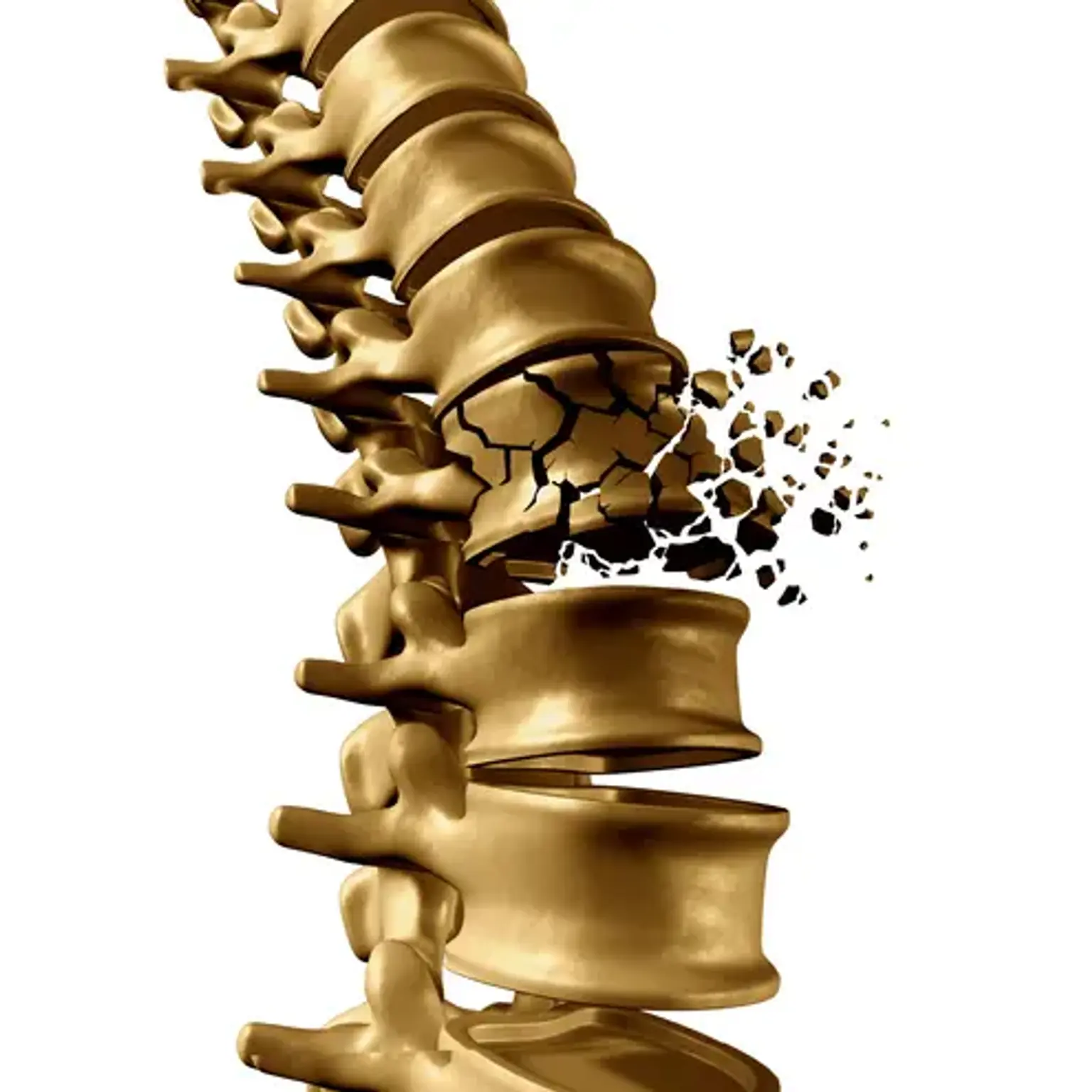Spinal Compression Fracture
Overview
As we age, our bones shrink and our bone strength declines. Osteoporosis is a condition that causes bones to become exceedingly weak and brittle. It frequently grows slowly over time, with no signs or discomfort until a bone fractures.
